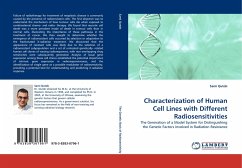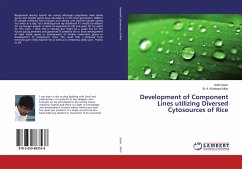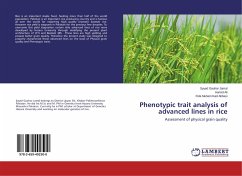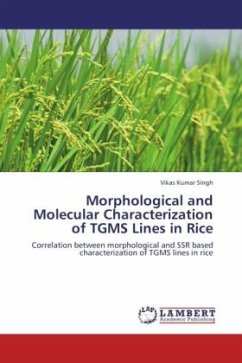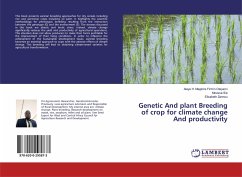Failure of radiotherapy for treatment of neoplastic disease is commonly caused by the presence of radioresistant cells. The first objective was to understand the mechanism of how tumour cells die when exposed to combinational chemo- and radio- therapy. We found that necrotic cell death was a more prevalent mode of death in tumour cells than in normal cells, illustrating the importance of these pathways in the treatment of cancer. We then sought to determine whether the emergence of radioresistant cells occurred by selection or adaptation to the fractionated X-radiation treatment. We discovered that the appearance of resistant cells was likely due to the selection of a radioresistant subpopulation and a set of untreated genetically- related human cell clones of varying radioresponses, with non-overlapping drug sensitivities were subsequently generated. Analysis of basal gene expression among these cell clones established the potential importance of intrinsic gene expression in radioresponsiveness, and the identification of single gene as a possible modulator of radiosensitivity, providing a potential tool for understanding and predicting X-radiation response.
Bitte wählen Sie Ihr Anliegen aus.
Rechnungen
Retourenschein anfordern
Bestellstatus
Storno

